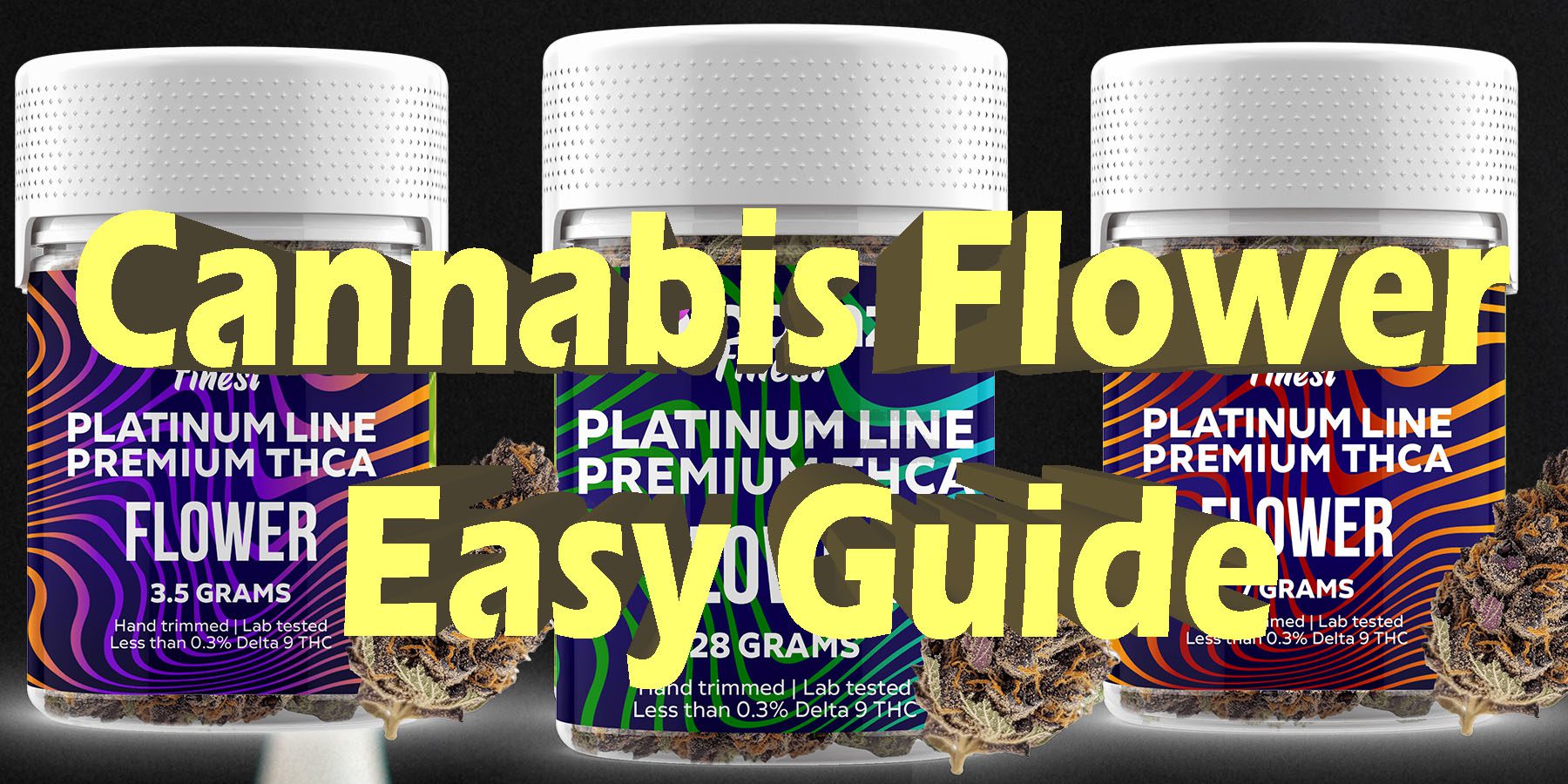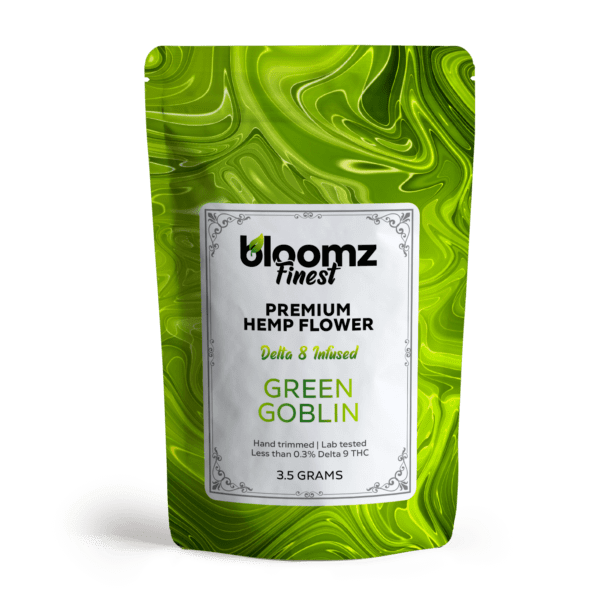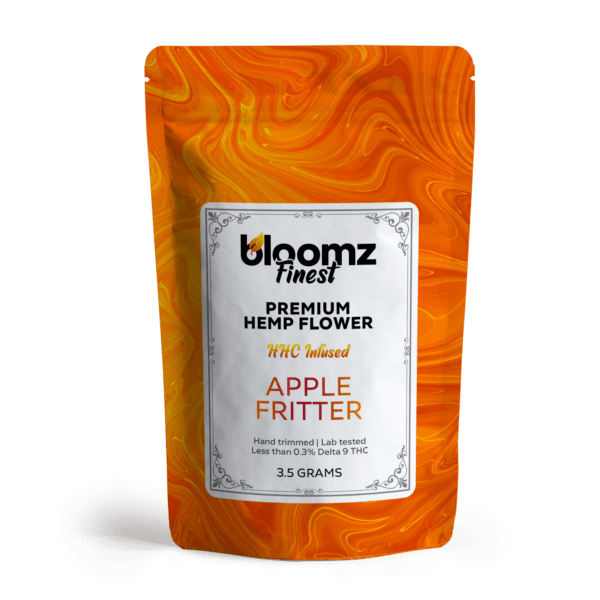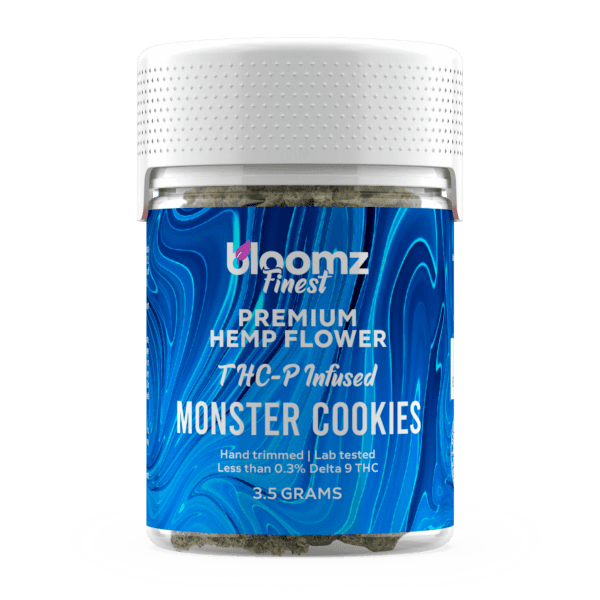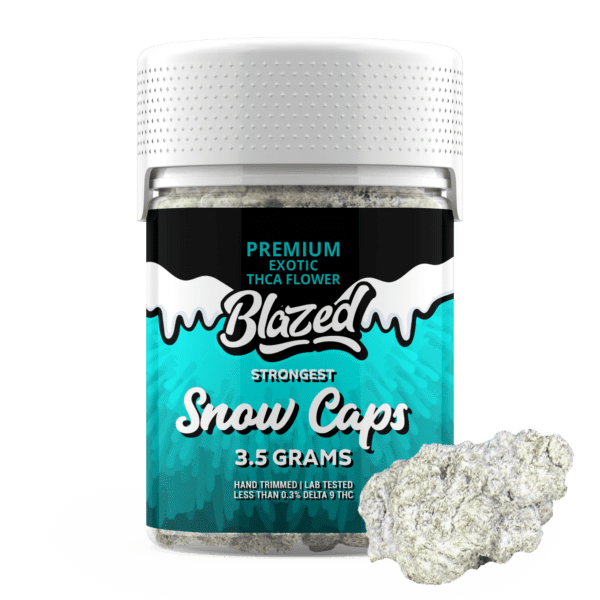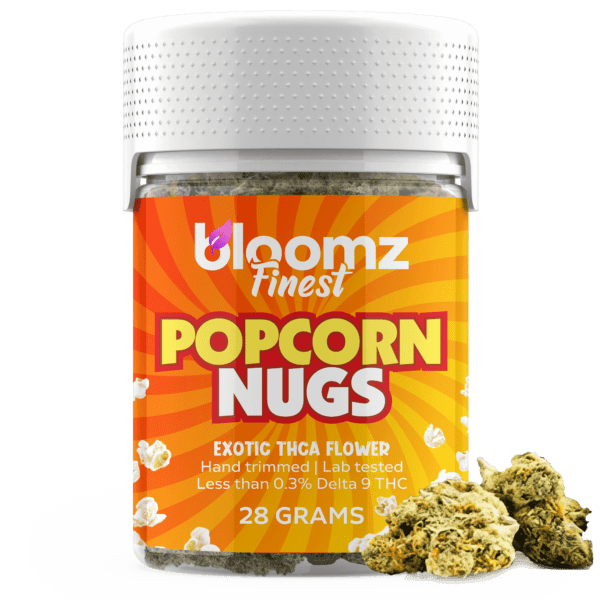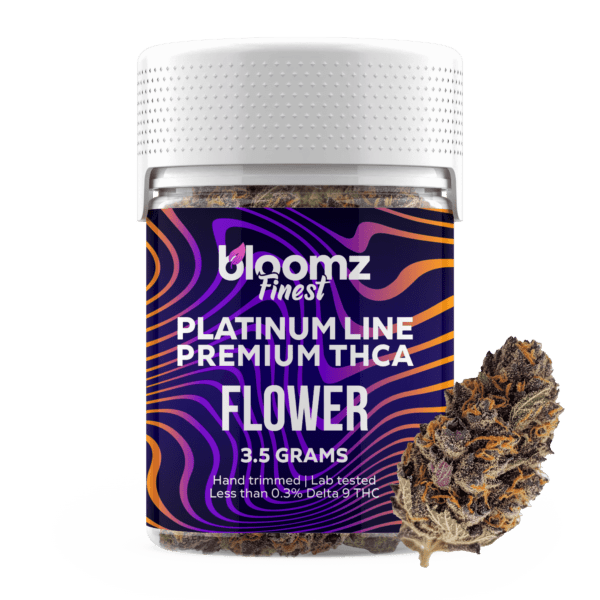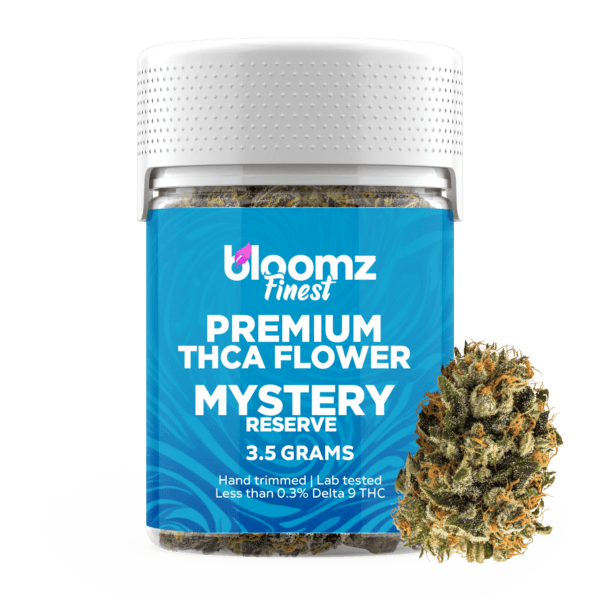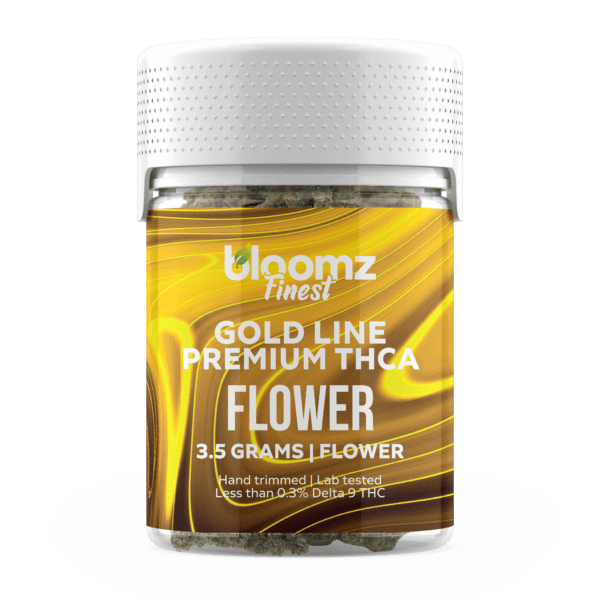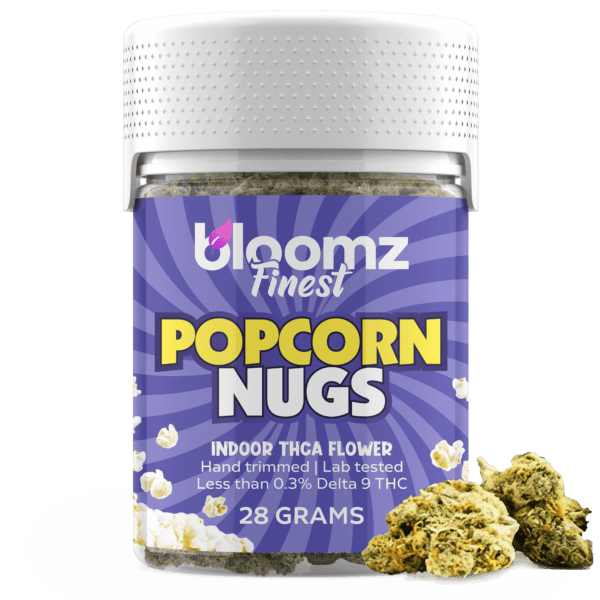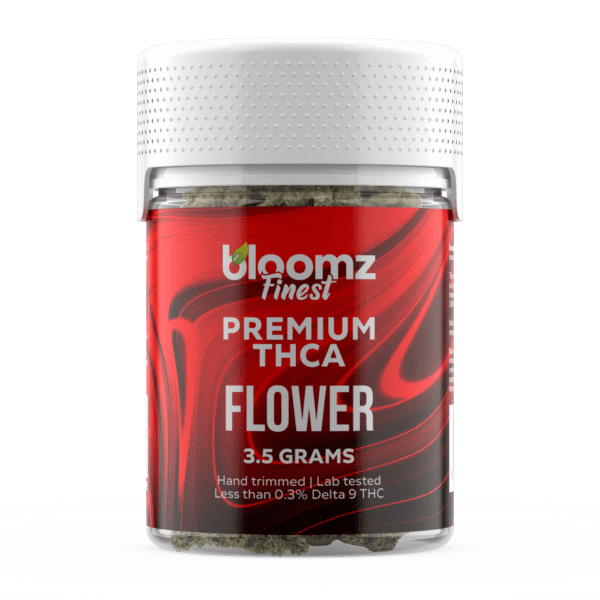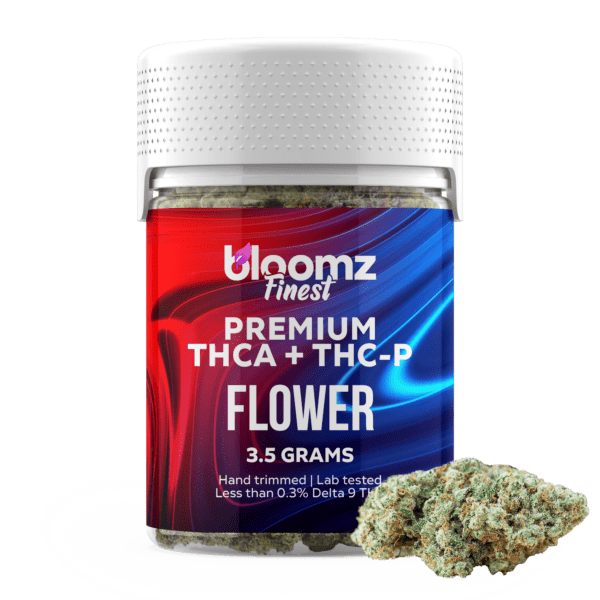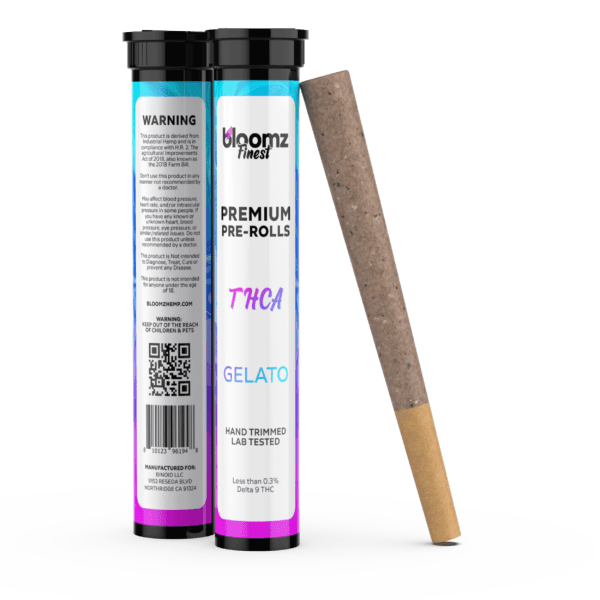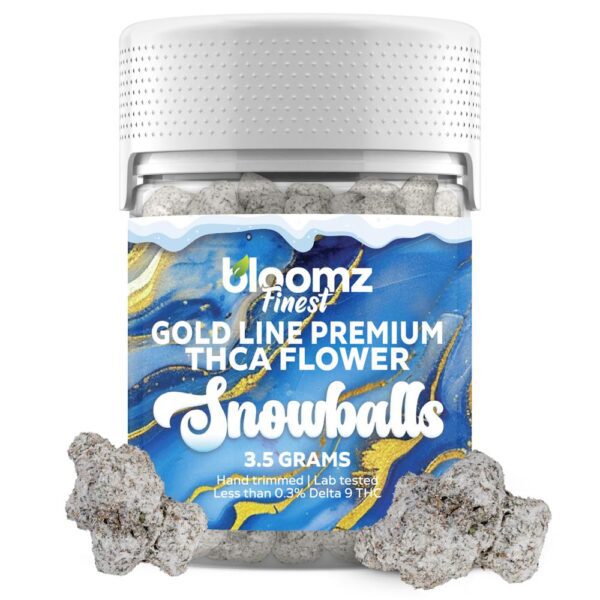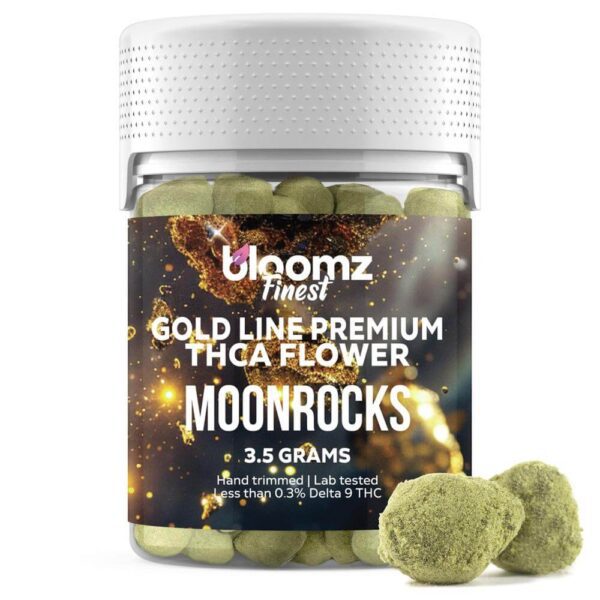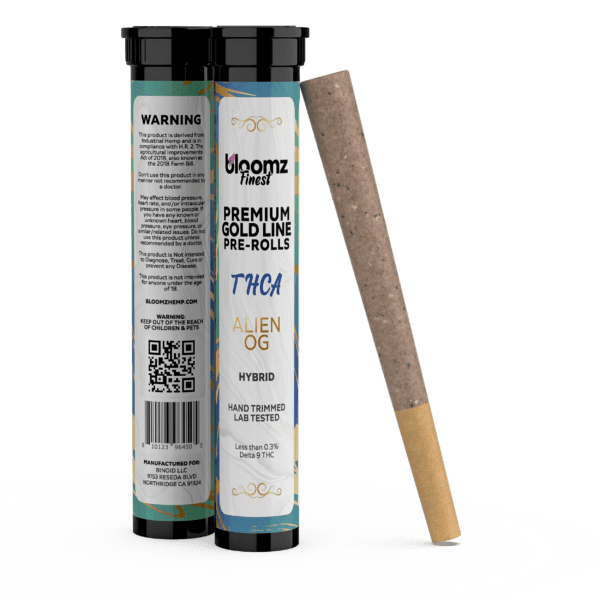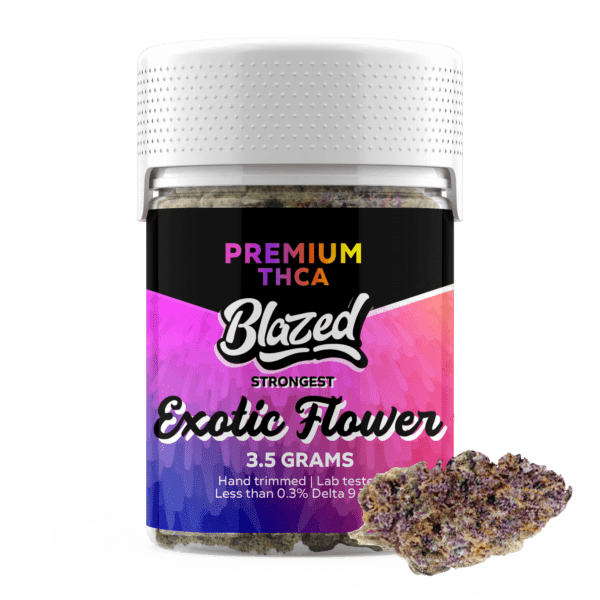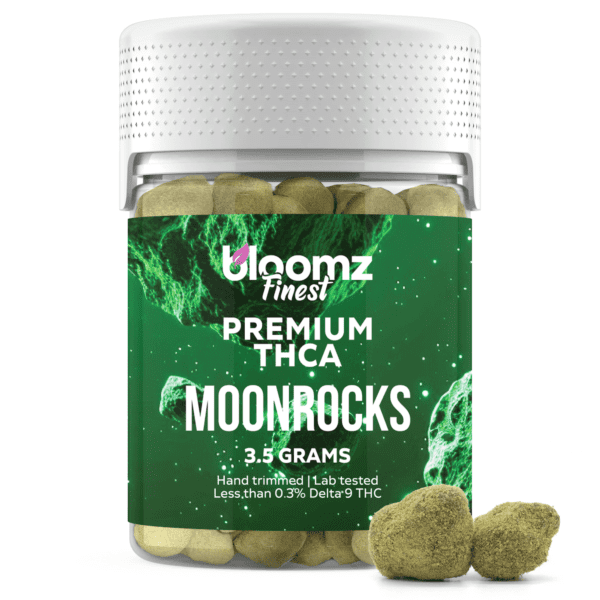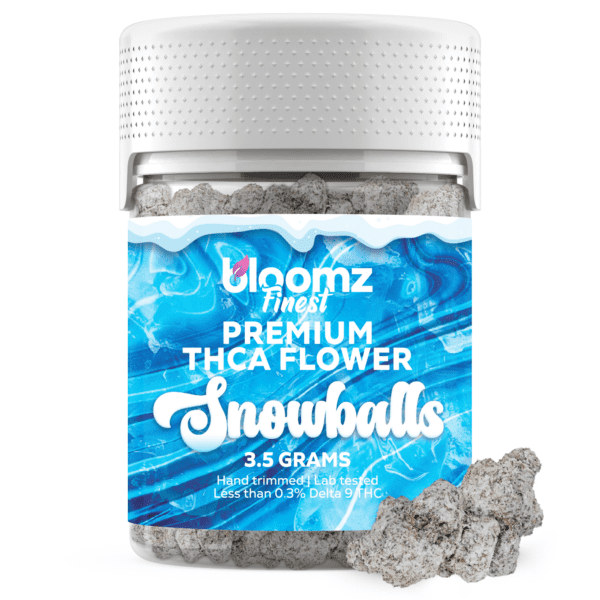The world of cannabis is a landscape of ever-expanding options, a vibrant tapestry woven with diverse methods of consumption, each offering a unique journey. For centuries, the simple act of inhaling its smoke was the primary way to experience the flower’s notable effects, a ritual passed down through generations. Yet, as our understanding and technology have blossomed, so too have the ways in which we can engage with this remarkable plant. The modern enthusiast is presented with a crossroads of choices, each path leading to a distinct experience.
It’s a choice between the timeless tradition of smoking, the refined subtleties of vaporization, and the prolonged, profound journey offered by culinary creations. Deciding which route to take is not merely a matter of preference, but an exploration of nuance, a consideration of how different methods can shape the very character of the encounter. This journey is about more than just the destination; it’s about appreciating the craft and the science behind each puff, vapor cloud, and infused bite.
To Buy Cannabis Flower Click Here
Recommended products
The Foundation of the Experience is Choosing Your Flower
Before delving into the methods of cannabis flower usage, it’s essential to understand the foundation of it all: the flower itself. The quality, characteristics, and preparation of your cannabis will profoundly impact the final experience, regardless of whether you choose to smoke, vape, or cook with it.
Understanding Strains and Terpenes
You’ve likely heard the terms Indica, Sativa, and Hybrid. Historically, these labels were used to describe the physical characteristics of the plant and were associated with certain types of effects—Indicas with relaxation and Sativas with energy. However, modern cannabis science suggests that these classifications are not always a reliable predictor of an individual’s experience.
The true drivers of a strain’s unique aroma, flavor, and subtle effects are its cannabinoids and, most importantly, its terpene profile. Terpenes are aromatic oils secreted in the same glands of the cannabis plant that produce cannabinoids like THC and CBD. They are responsible for the distinct scents of pine, lemon, berry, or fuel that you might notice in different strains. More than just providing fragrance, terpenes work synergistically with cannabinoids in a phenomenon known as the “entourage effect.”
This theory suggests that all the compounds in cannabis work together to produce a more nuanced and complete experience than any single compound could alone. For example, the terpene myrcene, which has an earthy scent, is thought to contribute to relaxing effects, while limonene, with its citrusy aroma, may be more uplifting. When selecting your flower, let your nose be your guide. A pungent, appealing aroma is often an indicator of a rich terpene profile and a high-quality product.
Trichomes and Curing
A visual inspection can also reveal a great deal about the quality of the cannabis flower. Look for well-formed buds that are dense and perhaps a bit sticky to the touch. The surface should be covered in a frosty-looking layer of crystalline structures called “trichomes”. These are the microscopic resin glands that produce and store the plant’s terpenes and cannabinoids. A heavy coating of trichomes is a strong indicator of potency.
The color of the flower can range from bright green to deep purple, often with vibrant orange or red hairs, which are the plant’s pistils. While color is largely genetic, a dull, brownish, or yellow appearance can suggest that the flower is old or was not properly cured.
Curing is a critical post-harvest process where the cannabis flower is slowly dried over a period of weeks or even months. This process is crucial for developing the final flavor and smoothness of the smoke or vapor. Properly cured cannabis will have a complex and pleasant aroma; improperly cured flower might smell like hay or freshly cut grass. The curing process also helps to preserve the delicate terpenes and cannabinoids, ensuring a more potent and flavorful final product. When you break open a bud, it should be slightly springy and not crumble to dust, which would indicate it’s too dry.
The Alchemist’s Choice: From Flower to Feeling
With your carefully selected flower in hand, you stand at a fascinating crossroads, ready to practice a form of modern-day alchemy. The journey from plant to personal experience is not one-size-fits-all; it’s a choice between distinct and elemental paths. Will you embrace the primal tradition of fire, engaging in the timeless ritual of smoking that connects you directly to centuries of history?
Perhaps you’ll choose the path of air, a more refined approach that uses heated currents to release the flower’s essence with clarity and precision. Or maybe you’ll opt for the slow, transformative journey of earth, folding the plant’s potential into culinary creations for a profound and lasting effect. Each method is a unique craft, a different way to unlock the very same potential held within the flower’s delicate trichomes.
The Timeless Art and Ritual of Smoking Cannabis Flower
Smoking is the most traditional and culturally significant method of cannabis consumption. For many, the tactile process of preparing the flower, rolling a joint, or packing a bowl is an integral part of the experience. This method involves combustion, which is the process of burning the flower to release its active compounds in the form of smoke. The effects are almost immediate, typically felt within minutes, which allows for easy dose titration.
A Classic Approach is Rolling the Perfect Joint
The joint is an icon of cannabis culture, celebrated for its simplicity and portability. It consists of ground cannabis flower rolled in a thin paper. The choice of rolling paper itself can be a point of personal preference. They are commonly made from wood pulp, rice, or hemp. Wood pulp papers are sturdy and easy for beginners to work with but can sometimes add a noticeable paper taste. Ultra-thin rice papers offer a very clean taste, allowing the flavor of the terpenes to shine through, but they can be delicate and more challenging to roll. Hemp papers are a popular middle ground, offering a slow, even burn with a minimal taste that many find complementary to the flower. Some papers are even bleached, while others are unbleached and brown, which some users prefer for a more natural approach.
The grind is paramount for a good joint. A multi-chamber grinder is the ideal tool for breaking down buds into a consistent, fluffy texture. This ensures proper airflow and an even burn. If the cannabis flower is ground into a powder, it will be difficult to draw from the joint. If it’s left in large chunks, it will burn unevenly, causing one side to burn faster than the other—a frustrating phenomenon known as “canoeing.”
While a simple cylinder is the standard, the art of rolling has evolved into creative expressions. Enthusiasts craft intricate designs like the “cross joint,” made famous in pop culture, or the “tulip joint,” which has a large, bulbous end for a more substantial initial puff. However, for most, a well-crafted cone-shaped joint remains the pinnacle of rolling—easy to hold, and it allows the flavor to develop as it burns down.
Recommended products
-
Exotic THCA Smalls
$179.99$329.99 -
THCA Flower – Platinum Line
$49.99$79.99 -
THCA Flower – Mystery Reserve
$41.99$79.99 -
THCA Flower – Indoor Exotics – Gold Line
$37.99$69.99
The Water-Cooled Experience with Bongs and Bubblers
Bongs and their smaller cousins, bubblers, offer a different kind of smoking experience. These devices use water to filter and cool the smoke before it reaches your lungs. This water filtration makes the smoke less harsh and removes some of the larger particulate matter and water-soluble compounds, resulting in a smoother hit.
Bongs come in a dizzying variety of shapes, sizes, and materials. Glass is the most popular material for its purity of flavor and the aesthetic appeal of watching the smoke chamber fill. Scientific glass bongs, often made from borosilicate glass, are durable and often feature complex percolators. Percolators are sub-chambers that force the smoke to break up into smaller bubbles, increasing the surface area that comes into contact with the water, providing maximum cooling and filtration. From simple tree percs to intricate honeycomb designs, the goal is the same: a smoother experience. Many bongs also feature an “ice pinch” in the neck, allowing users to add ice cubes for an even cooler, less irritating inhalation.
Bubblers are a fantastic hybrid of a traditional pipe’s portability and a bong’s water filtration. They are handheld and easy to use but still provide a smoother hit than a dry pipe. They are an excellent choice for those who want the benefits of water filtration without the size and setup of a full bong. The experience of using a bong is often described as more intense, as the large chambers allow for a significant volume of smoke to be inhaled at once, leading to powerful and rapid effects.
The Enduring Simplicity of the Pipe
The humble pipe is a staple for its convenience and ease of use. It’s a straightforward tool, usually consisting of a bowl to hold the flower, a stem for the smoke to travel through, and a mouthpiece. Most pipes also feature a small hole known as a “carburetor” or “carb.” By covering this hole while lighting the cannabis flower and then uncovering it, the user can introduce fresh air to clear the chamber of smoke quickly.
Pipes are crafted from a diverse range of materials. Glass pipes are celebrated for their clean taste and the boundless creativity of glassblowers, resulting in unique, artistic pieces. Wooden pipes, like those made from briar or cherry wood, can impart their own subtle, pleasant flavors to the smoke over time. Metal pipes are prized for their durability, making them a reliable option for travel. The direct, unfiltered nature of a pipe provides a robust and flavorful experience, allowing the user to taste the nuances of the terpenes in the flower.
The Modern Evolution – Vaping Cannabis Flower
Vaporization represents a significant technological leap in cannabis consumption. Instead of burning the flower, a vaporizer heats it to a precise temperature, causing the cannabinoids and terpenes to turn into an inhalable vapor. This avoidance of combustion means that the user is not inhaling the tar and carcinogens associated with smoke. The result is a cleaner, smoother, and often more flavorful experience that many users find superior.
The Science of Heating: Conduction vs. Convection
Dry herb vaporizers primarily use conduction or convection heating methods because these are the most effective and efficient ways to heat dry herbs to their vaporization point without combustion. These methods allow for the extraction of active compounds in the herbs, providing a smoother experience compared to smoking..
Conduction vaporizers heat the cannabis through direct contact with a heated surface, similar to cooking in a frying pan. This surface is usually a ceramic or stainless steel chamber. Conduction vapes tend to heat up very quickly and are often found in smaller, more portable designs. The main drawback is that the flower directly touching the hot surface can sometimes cook unevenly, potentially leading to a slightly toasted flavor and requiring the user to stir the chamber mid-session for best results.
Conversely, convection vaporizers work by heating air and then passing that hot air through and around the cannabis flower, more like a convection oven. This method heats the herb much more evenly, preserving the delicate terpenes and resulting in a vapor that is exceptionally flavorful and smooth. Convection vapes are often considered the connoisseur’s choice for vapor quality, though they may take slightly longer to heat up and are often larger and more expensive.
Many of the most popular vaporizers on the market today use hybrid heating, a combination of both methods. This approach aims to provide the quick heat-up time of conduction with the superior flavor and even heating of convection, offering a balanced and efficient experience.
The Art of Temperature Control
The single greatest advantage of vaping is the ability to control the temperature with precision. Different compounds in the cannabis plant have different boiling points. By adjusting the temperature, a user can customize their experience to target specific effects and flavors, such as:
Low Temperatures (approx. 320°F-350°F / 160°C-177°C): This range is perfect for flavor enthusiasts. It vaporizes the terpenes with the lowest boiling points, like pinene and caryophyllene, resulting in a highly aromatic and flavorful vapor. The effects are often lighter and more cerebral, making it ideal for daytime use.
Medium Temperatures (approx. 350°F -390°F / 177°C-199°C): This is the sweet spot for many users, offering a great balance of robust flavor and strong effects. The majority of THC is vaporized in this range, leading to a more pronounced and well-rounded experience.
High Temperatures (approx. 390°F-430°F / 199°C-221°C): Vaping at higher temperatures produces a thick, dense vapor and more powerful, sedative effects. At this range, compounds with higher boiling points are released. While some of the more delicate flavor notes might be lost, the resulting experience is often described as being closer to smoking and very relaxing.
Portability vs. Power When it Comes to Portable and Desktop Vapes
The choice between a portable and a desktop vaporizer is one of the most significant decisions an enthusiast will make, as it fundamentally defines the “where” and “how” of the entire vaping experience. This isn’t merely a question of at-home versus on-the-go use; it’s a trade-off between ultimate freedom and ultimate power. The ideal device depends entirely on your lifestyle, your session preferences, and what you value most: the spontaneity of a session anywhere, or the uncompromising performance of a dedicated home unit.
The Case for Portability: Freedom, Discretion, and Modern Advancement
Portable vaporizers are the embodiment of convenience. Their primary and most compelling advantage is their freedom from the wall socket. Powered by internal or replaceable batteries, they empower you to enjoy a session wherever you please—whether that’s moving from the living room to the back patio, bringing it to a friend’s house, or taking it on a hike. This untethered experience is liberating and aligns perfectly with a dynamic, active lifestyle.
Discretion is another major benefit. Portable vapes are designed to be compact, with many models easily fitting into a pocket or small bag. They produce a vapor that is significantly less pungent and dissipates much more quickly than smoke, allowing for low-profile use. For the user who values privacy, a portable device is the undisputed champion.
In recent years, the performance gap between portable and desktop units has begun to narrow significantly. The market is filled with technologically advanced models that challenge the notion that portability must come with a major sacrifice in quality:
Battery and Charging: The biggest limitation of portables—battery life—is being addressed head-on. Many flagship models, like the Storz & Bickel Venty or Crafty+, now feature USB-C fast charging, dramatically reducing downtime. Some devices, like the Arizer Solo 3, boast an impressive battery life of up to three hours of continuous use. For true power users, models like the Tinymight 2 offer a game-changing feature: user-replaceable batteries. This allows you to carry charged spares, effectively granting you unlimited session time away from a power source.
Heating Technology: High-end portables no longer rely on simple conduction heating. The most sought-after models utilize sophisticated hybrid heating systems that combine the fast heat-up of conduction with the superior flavor of convection. This results in efficient extraction and excellent vapor quality that can satisfy even discerning users.
The ideal user for a portable vaporizer is someone who prioritizes flexibility and spontaneity. If you envision yourself vaping in various locations, value discretion, and typically enjoy solo sessions or sharing with one or two others, a modern portable device offers an exceptional balance of performance and freedom.
The Argument for Power: The Uncompromising Home Experience
While portables offer freedom, desktop vaporizers offer supremacy. By drawing continuous and unlimited power directly from a wall outlet, these stationary units are built for one purpose: to deliver the most powerful, consistent, and high-quality vapor possible. For the home-based connoisseur, a desktop unit is the pinnacle of the vaping experience.
This consistent power source fuels larger and more advanced heating systems, often employing pure convection technology that evenly roasts the cannabis flower with heated air. The result is an unparalleled purity of flavor and a level of vapor density and potency that most portable devices simply cannot replicate hit after hit. There is no concern for battery sag affecting temperature stability; the last hit of the session is just as robust as the first.
Beyond raw power, desktops offer unique session styles and inhalation methods that are perfect for both solo indulgence and social gatherings:
Whip-Style Vapes: Many desktops, like the Arizer XQ2, utilize a “whip” system. This consists of a silicone or vinyl tube that connects to the heating chamber, allowing the user to draw vapor directly, similar to a hookah. The long vapor path naturally cools the vapor before inhalation, resulting in an incredibly smooth and comfortable experience.
Forced-Air and Balloon Systems: The most iconic desktop vaporizer, the Storz & Bickel Volcano, pioneered the forced-air or “balloon” system. An internal fan propels hot air through the herb chamber, filling a large, food-safe bag with vapor. This balloon can then be detached and enjoyed at a leisurely pace, passed among friends without being tethered to the machine. This method is exceptionally social, hygienic, and allows the vapor to cool to room temperature, providing incredibly smooth and gentle hits.
Desktop vaporizers are also built to last. Often constructed with medical-grade components and robust internal engineering, these devices are legendary for their durability, with many users reporting their Volcano units functioning flawlessly for over a decade. For the user who vapes primarily at home and refuses to compromise on vapor quality, consistency, and power, a desktop vaporizer is a worthwhile and lasting investment.
Recommended products
-
THCA Moonrocks – Gold Line
$57.99$89.99 -
Exotic THCA Pre-Rolls Gold Line – 3-Pack/6 Pack
$36.99$69.99
The Culinary Adventure: Cooking and Baking with Cannabis Flower
For a completely different path, edibles offer a unique and powerful way to experience cannabis. By infusing the flower’s active compounds into food, users can enjoy a much longer-lasting and often more intense journey. This method is ideal for those who wish to avoid inhalation or are seeking sustained effects.
The Essential First Step: Decarboxylation
You cannot simply toss raw cannabis flower into your brownie mix and expect results. Raw cannabis contains THCA (tetrahydrocannabinolic acid), which is a non-intoxicating compound. To unlock the desired effects, THCA must be converted into THC through heat. This process is called decarboxylation.
To decarboxylate your flower, first gently break it apart or use a coarse grinder. Spread it in a thin, even layer on a baking sheet lined with parchment paper. Bake it in an oven preheated to a low temperature, typically between 220°F and 245°F (104°C and 118°C), for about 30 to 45 minutes. You’ll want to stir it occasionally to ensure it heats evenly. The cannabis is ready when it has turned a light to medium brown color and become dry and crumbly. This step is absolutely crucial for creating effective edibles.
The Art of Infusion: Making Cannabutter and Canna-Oil
Once your cannabis flower is decarboxylated, the next step is to infuse it into a fat. Cannabinoids like THC are lipophilic, meaning they are fat-soluble. Infusing them into a fat like butter or oil makes them bioavailable for your body to absorb through the digestive system. Cannabutter and cannabis-infused oils are the building blocks of almost all homemade edibles.
The process involves gently simmering the decarboxylated cannabis in your chosen fat over very low heat for an extended period, usually 2 to 4 hours. A slow cooker is an excellent tool for this, as it maintains a consistent, low temperature, preventing you from scorching the cannabinoids. During this time, the THC and other compounds will leave the plant material and bind to the fat molecules.
For an even more effective infusion, some culinary enthusiasts add an emulsifier like sunflower or soy lecithin. Lecithin helps to improve the bioavailability of the cannabinoids, potentially leading to a more consistent and efficient infusion.
After the simmering is complete, you must strain the mixture through a cheesecloth or a fine-mesh strainer to remove all the plant material. Squeeze the cheesecloth to get every last drop of the precious infused fat. The resulting liquid is your potent cannabutter or canna-oil, ready to be used in any recipe that calls for butter or oil.
The Cardinal Rule of Edibles: Dosing
The effects of edibles are vastly different from inhaled methods. They can take anywhere from 30 minutes to over two hours to kick in, and they last much longer—often 4 to 8 hours or more. This delay and potency make dosing the single most important aspect of a positive edible experience. The mantra is universal: “start low and go slow”.
Calculating the precise dosage of homemade edibles can be tricky, but you can make a reasonable estimate. First, you need to know the THC percentage of your starting flower. Let’s say you use 1 gram (which is 1000 milligrams) of flower that is 20% THC. In theory, you have 200mg of THC (1000mg x 0.20 = 200mg). After decarboxylation and infusion (which aren’t 100% efficient), you might have around 150-180mg of THC in your total batch of butter or oil. If you then use that butter to make 10 cookies, each cookie would have approximately 15-18mg of THC.
For a beginner, a starting dose of 5mg is often recommended. It is always wise to consume a small amount, wait at least two full hours to assess the effects, and only then consider having more. This patient approach prevents the common pitfall of overconsumption, which can lead to an overwhelmingly intense experience.
Side-by-Side Comparison: Smoking vs. Vaping vs. Edibles for Cannabis Flower
Now that you know more about the methods, this side-by-side comparison of smoking vs. vaping vs. edibles for cannabis flower is essential to empower users like yourselves with knowledge about their choices. Essentially, it clearly illustrates the key things you need to know in order to get a better idea of what that said method offers and how this can impact your experience.
|
Feature |
Smoking (Joints, Pipes, Bongs) |
Vaping (Dry Herb Vaporizers) |
Cooking/Baking (Edibles) |
|---|---|---|---|
|
Onset Time |
2-10 minutes |
2-10 minutes |
30 minutes – 2 hours+ |
|
Duration of Effects |
1-3 hours |
1-3 hours |
4-8 hours+ |
|
Flavor Profile |
Robust, smoky, can be harsh. Terpene notes are present but altered by combustion. |
Clean, pure, pronounced terpene flavors. Flavor is a primary feature. |
Dependent on the food item. Can have a noticeable herbal taste. |
|
Discretion |
Low. Produces significant and noticeable smoke and odor. |
Medium. Produces a light, quickly dissipating vapor with a less pungent odor. |
High. No odor during consumption. Easy to consume discreetly. |
|
Dosage Control |
Easy. Effects are felt quickly, making it simple to gauge the intake puff-by-puff. |
Easy. Similar to smoking, the rapid onset allows for easy dose titration. |
Difficult. Effects are delayed, making it easy to overconsume. Requires careful calculation. |
|
Required Gear |
Rolling papers, pipe, or bong; grinder; lighter. |
Dry herb vaporizer; grinder. |
Oven, baking sheet, butter/oil, cheesecloth, grinder. |
|
Cost of Entry |
Low. Papers and simple pipes are very inexpensive. Bongs can be more costly. |
Medium to High. Quality vaporizers are an initial investment. |
Low to Medium. Uses standard kitchen equipment, but the cost of flower for infusions can add up. |
|
Experience |
Traditional, ritualistic, and social. Effects are immediate and familiar. |
Modern, clean, and customizable. Focus on flavor and nuanced effects. |
Profound, long-lasting, and body-focused. A different kind of journey. |
A Concluding Reflection on a Personal Journey
The path you choose to experience cannabis flower is a deeply personal one, a reflection of your own preferences and intentions. There is no single “best” way, only the way that resonates most with you in a given moment. Whether you find solace in the ancient ritual of smoking, appreciate the clean and nuanced flavors unlocked through vaporization, or delight in the culinary creativity of infused edibles, each method offers a unique lens through which to view this remarkable plant.
The journey is one of continuous discovery, of learning the subtle art of the grind, the precise science of temperature, and the patient alchemy of the kitchen. Ultimately, the most rewarding experience is one that is approached with mindfulness, respect for the plant, and a spirit of joyful exploration.

